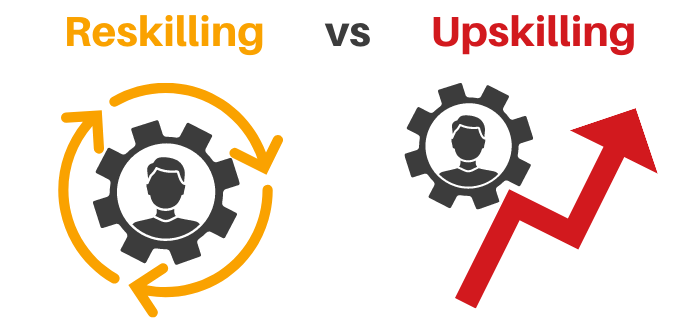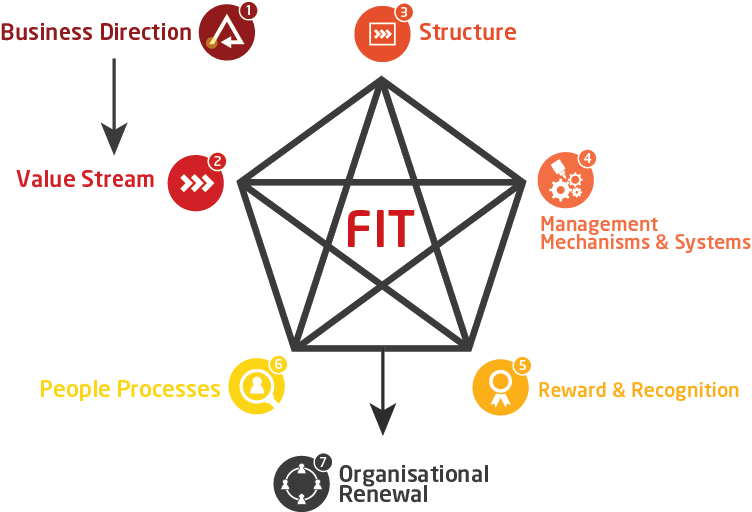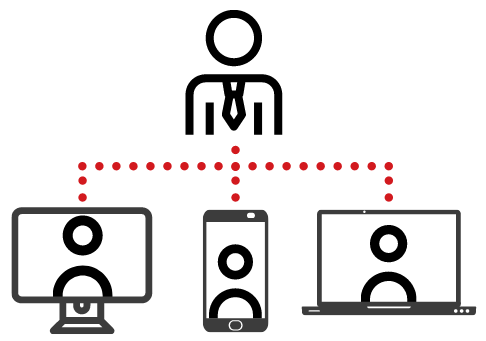3 Minute Read
Written by Peter Turgoose
A recent survey asked heads of functions how important the reskilling of employees will be as a result of the COVID-19 crisis. Note the careful use of the verb reskill which suggests that they might need the skills necessary to do something different from today, rather than be upskilled to do the same things better.
The results of the survey may or may not be surprising in that a very high number of functional heads believe that reskilling will be either ‘moderately important’ or ‘very important’ as a result of COVID-19, while only a few thought it ‘not important’. So, should already very busy CHRO’s divert resources towards the development of L&D products to meet the apparent demand coming from the heads of functions? Were they asked the right question in the first place?
Ask the Right Questions
Let’s consider what might lie behind a functional head believing that as a result of COVID-19 (or any other external event) they need to reskill their employees. The important question to ask is “What has changed?”. In the context of COVID-19, this is not as simple as saying that my people are now working from home. Using the OTM Applied STAR Model helps us frame the right four question sets as we take a quick look at the working operating model.
OTM’s Applied STAR Model
Has Business Direction Changed as a Result of COVID-19?
For most businesses, the answer to this question will be no. The value proposition will not have changed and they will still have the same product and service set targeted at the same customer markets. If there has been a significant shift in business direction, then reskilling is the last thing a CHRO should be doing. There is an operating model to redesign first!
Has the Work in the Value Stream that Creates Value for Customers Changed? Are we Having to do Different Work as a Result of COVID-19?
Be very careful about how you answer this question. The question does not include the way work is done, managed, or how the people doing the work are managed. The question simply asks if the work has changed. In most businesses, if you sit down and think it through it is very likely that the work being done to create value for customers has not changed. If the Business Direction hasn’t changed but the work has, there is a deeper question to be answered as to why. This suggests that there was a problem with the fit of the operating model way before COVID-19.
Has the Way We Put Boundaries Around the Work in Our Structure Changed?
In our experience, this is where subtle changes have crept in, perhaps unnoticed, as work moved from office to home. Departmentalisation is unlikely to have changed – departments/functions etc. are likely to still be doing the same work. It is also likely that teams will still be doing the same work. What is more probable is that the work done within the boundary of an individual job has changed, often driven by a shift from co-location to virtual working.
We have seen two significant shifts of core work happening here:
-
- In some teams, the emergence of greater job specialization where work has become more fragmented and individual team members have developed a deeper focus on one particular aspect of the work.
- In other teams, individuals become more multi-skilled, taking on more end-to-end work for a small section of the overall team’s sector/market, etc.
In both cases, the work has not changed, and a cursory glance at the organization chart might lead you to believe that the Structure hasn’t changed. However, at the detailed design level, how boundaries are drawn around work at the individual level has changed. This change can be amplified by similar force majeure changes being made to the way work is structured on the other side of the organization’s boundary with both suppliers and customers.
All of these ‘small’ changes have been introduced with the best intentions to keep the business running with available resources.
Before investing in enablers like reskilling that will hard-wire these changes, a critical first step must be to review the changes to ensure that they are consistent with the overall purpose and design of the business’s operating model. Then make any changes necessary to the Structure of departments, functions, teams and jobs necessary to ensure that the operating model remains fit for purpose.
What Management Mechanisms Should be Used and How?
In our experience, this is where the most change is needed but the least change has happened. Managers and leaders have introduced new ways of maintaining team cohesion, sharing information, making decisions, and managing the work – often through the introduction of more video calls and greater use of collaboration platforms.
Over the past few months, a great deal has been published about the social side of managing virtual teams and the skills that managers and leaders need to organize people in this environment. All of this has been good, but it fails to address the technical side of management in the virtual environment, how the work gets managed.
Moving from co-location to virtual working, moving to greater specialization, moving to more end-to-end working and moving to sector/market specialization all require changes to the technical Management Mechanisms. These mechanisms are used by managers and leaders to keep the business on track, to optimize workflow and to minimize errors and rework. Information requirements and flows will change, the purpose and attendees at meetings will change, decision authorities will change, individual and shared objectives will change, etc.
The Way Forward
A small design team should ask the four sets of questions and then use the data obtained to review the ad-hoc changes that have been introduced with the best intentions over the past few months. Allow the team to realign the work within both team and individual boundaries and allow them to redesign the management mechanisms to optimize workflow and decision making. With this quick piece of design work done, you are now ready to answer the question about the need for reskilling from a position of clarity about what new skills are required where.
Peter Turgoose was a Consultant at ON THE MARK. OTM has been in business since 1987 and is a leading organization design firm. OTM has completed close to 450 redesigns around the globe across most industries. Our experience and passion for collaborative business transformation is supported by pragmatism, systems thinking, and a belief in people that’s unparalleled.







